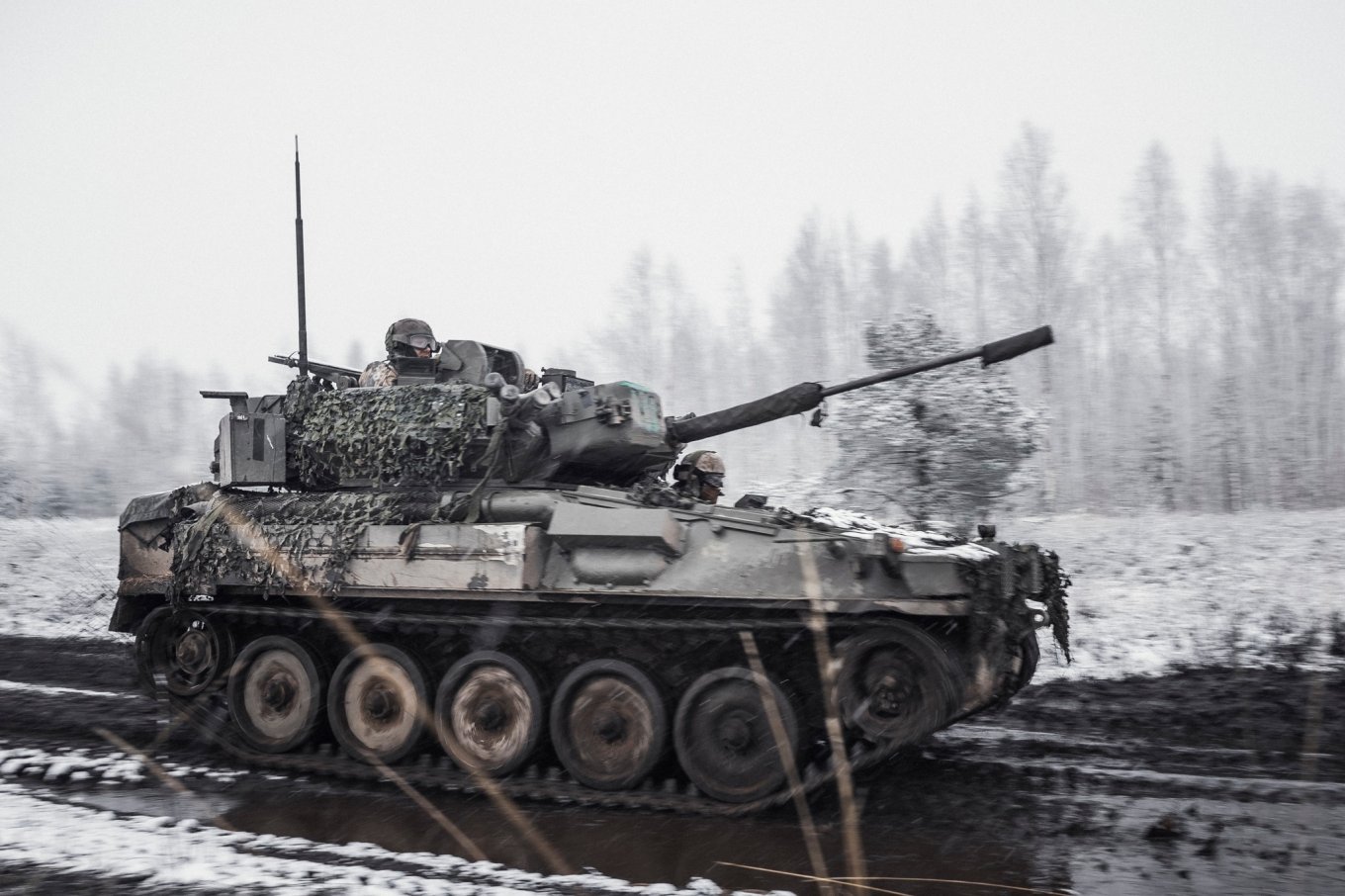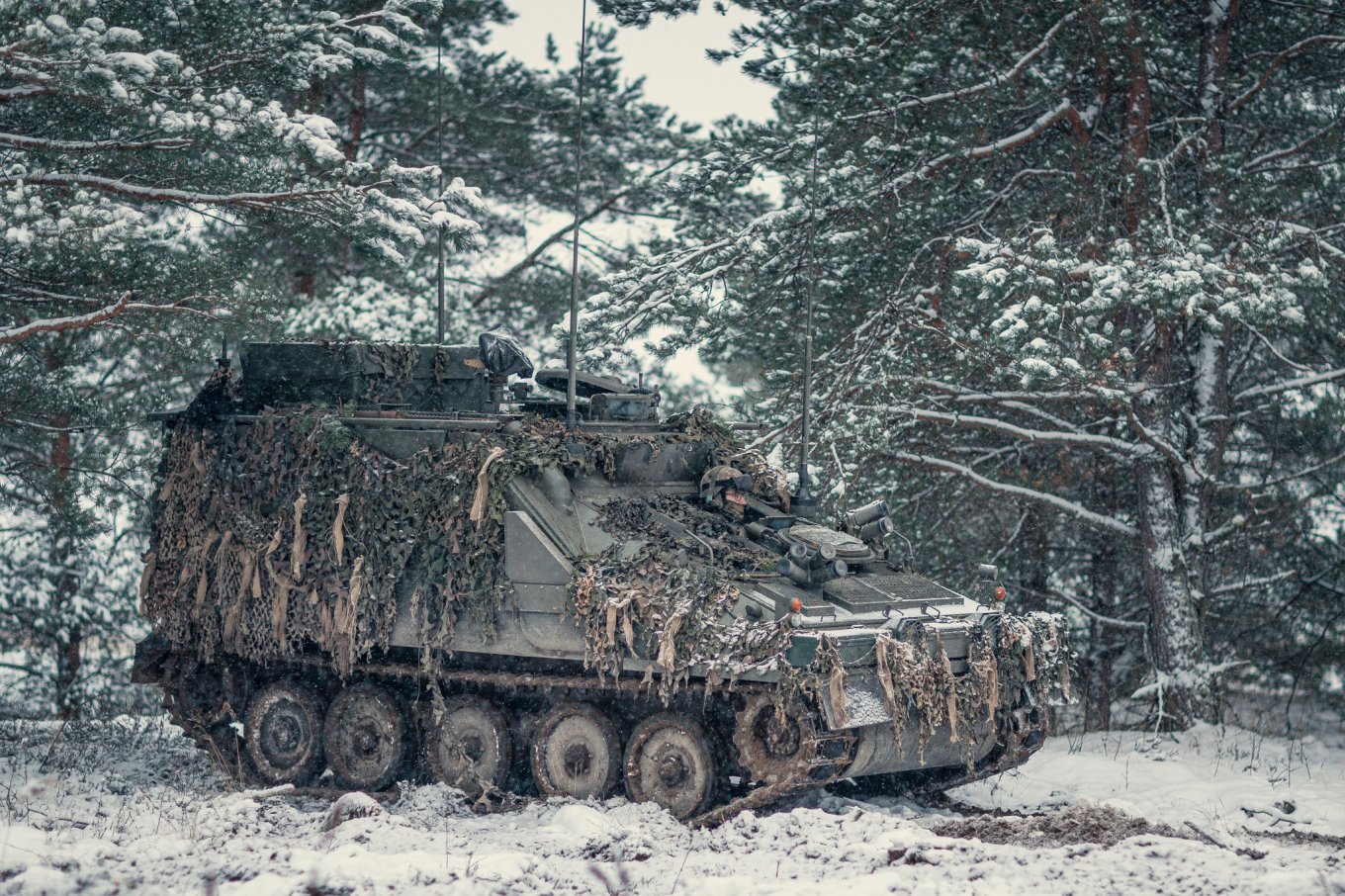Latvia Plans to Send Combat Vehicles from the CVR(T) Family, What Are These Vehicles
Latvia is set to supply Ukraine with combat vehicles from the Combat Vehicle Reconnaissance (Tracked), or CVR(T), family. Although specific details regarding the number of vehicles and the delivery timeline remain undisclosed, this transfer also requires re-export authorization from the United Kingdom, the original manufacturer of these vehicles. The Ministry of Defence of the Republic of Latvia confirmed the delivery, according to Delfi.

These vehicles, despite their compact size, weigh between 8 to 10 tons and are built on a single tracked platform. The CVR(T) family includes a variety of vehicles such as the FV107 Scimitar reconnaissance vehicle, which is armed with the 30 mm automatic cannon, the FV103 Spartan armored personnel carrier (APC), the FV104 Samaritan medical evacuation vehicle, and the FV105 Sultan command vehicle. Notably, the FV103 Spartan vehicle has already been widely supplied to Ukraine through both international aid and volunteer efforts. While small, these vehicles are well-armored; their frontal protection can withstand hits from 14.5 mm armor-piercing rounds at a distance of 200 meters.

Latvia has been acquiring the CVR(T) vehicles since 2014 through multiple contracts. The initial contract, valued at €46 million, included the purchase of 123 vehicles, averaging €374,000 per unit, as the UK was in the process of decommissioning them. To date, Latvia has received around 170 units, which include models such as the FV107 Scimitar, FV103 Spartan, FV105 Sultan and FV101 Scorpion, armed with the 76 mm gun. Although the exact composition of the fleet remains unclear, images from the Latvian National Armed Forces frequently show the Scimitar and Spartan vehicle.

The FV107 Scimitar vehicle, weighing 7.8 tons, is equipped with the L21 30 mm automatic cannon and a machine gun. It is powered by a Jaguar J60 gasoline engine with 252 horsepower or a 190 horsepower diesel engine in upgraded Mk II version, and has a crew of three. The FV103 Spartan, a 10.6-ton APC, can carry up to four soldiers in addition to its three-person crew. The FV105 Sultan, used as a command vehicle, weighs 8.3 tons and features a taller roof for additional internal space.

For Latvia, this transfer aligns with its broader strategy to phase out CVR(T) vehicles and replace them with the Patria 6×6 wheeled armored personnel carriers (APCs) from Finland. Local production of these APCs has now been successfully established, fulfilling the Latvian army’s modernization plans after several years of development.

